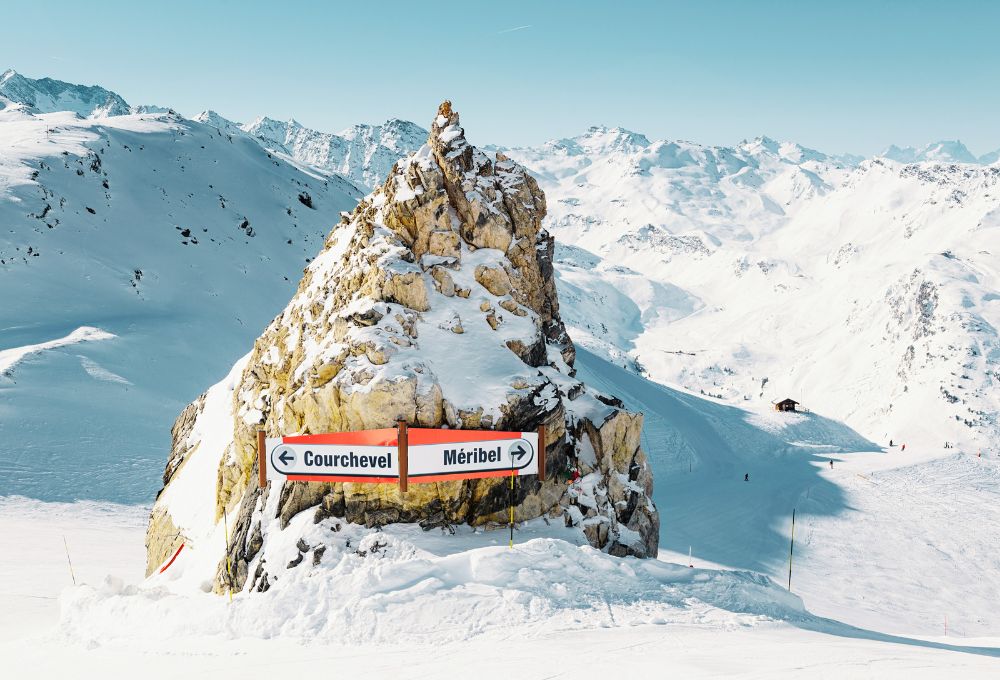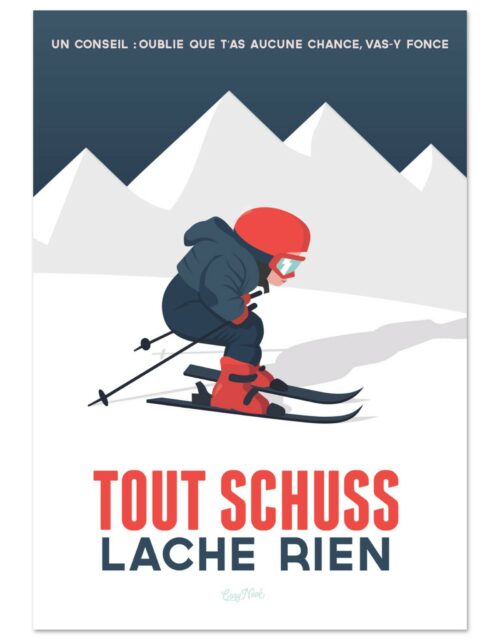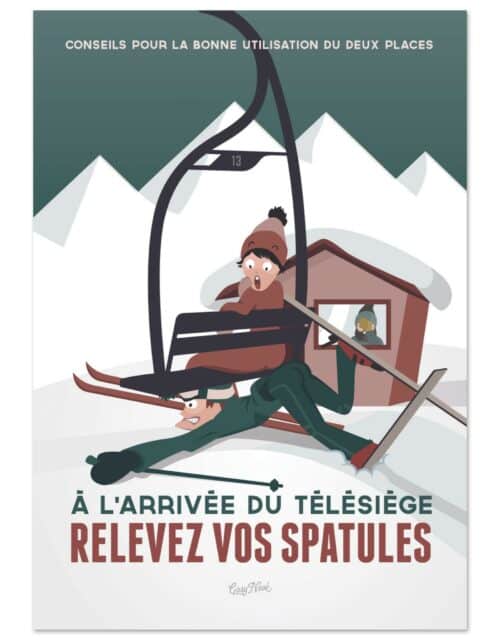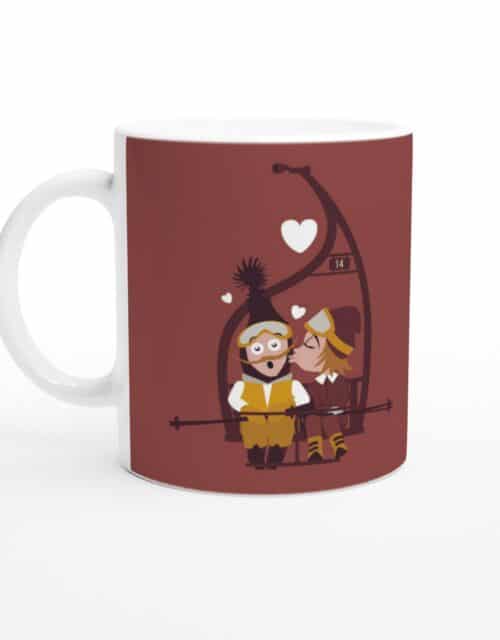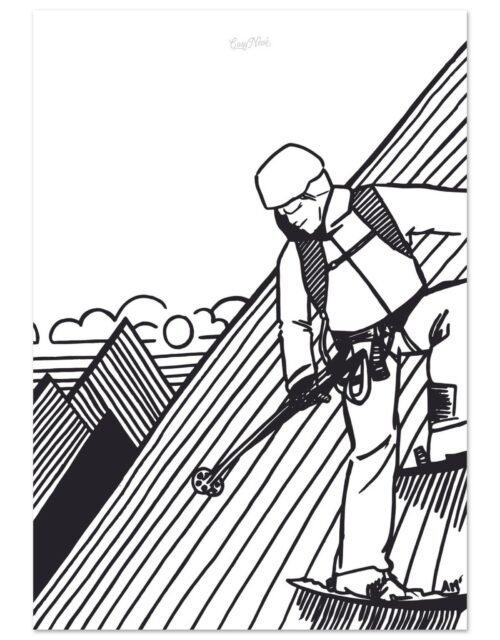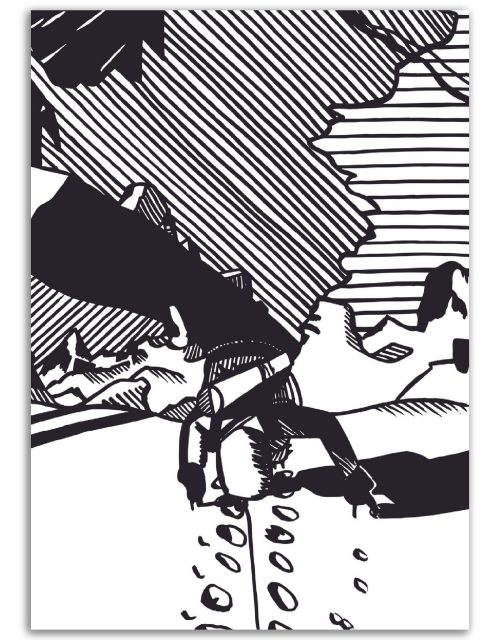Skiing has been a popular leisure activity since the early 20th century, and the Alps have long been a preferred destination for enthusiasts of this sport. Ski posters have played a crucial role in the rise of tourism in the Alps by promoting ski resorts and creating a romantic and exciting image of mountain life. This article explores how these posters have contributed to the growth of tourism in the Alps.
1. Promoting ski resorts
Ski posters were among the earliest marketing tools used to promote Alpine ski resorts. Talented artists were hired to create attractive posters that highlighted the unique features of each resort. These posters were widely distributed in train stations, airports, and travel agencies, capturing the attention of potential travelers and enticing them to visit the Alps for skiing.
2. Showcasing natural beauty
Alpine ski posters often emphasized the natural beauty of the region, with artistic representations of snow-capped mountains, pine forests, and clear blue skies. These images helped create an idyllic image of the Alps, attracting not only skiers but also nature lovers, hikers, and those seeking a peaceful retreat.
3. Creating a ski culture
Beyond promoting individual ski resorts, ski posters contributed to the creation of a true ski culture. They depicted skiing as an exciting and glamorous activity, associated with adventure, freedom, and luxury. This image attracted a wide range of visitors, from sports enthusiasts to thrill-seeking tourists, as well as families looking for a fun holiday activity.
4. Promoting off-season tourism
Ski posters also played a significant role in promoting off-season tourism. By featuring the Alps covered in snow, they showcased that the region had much to offer even in winter. This helped establish the Alps as a year-round tourist destination, with visitors coming for skiing in winter and for hiking, climbing, and other activities in summer.
5. Evoking nostalgia
Vintage Alpine ski posters have a nostalgic quality that continues to attract visitors today. They evoke a bygone era of glamour and elegance, appealing to many tourists who seek to recreate that experience. Many ski resorts maintain this ambiance by preserving their historical architecture and organizing events and activities inspired by that time period.
In conclusion, ski posters have had a significant impact on the rise of tourism in the Alps. They have captured the public’s imagination, promoted the beauty and uniqueness of the Alps, and created a glamorous and exciting image of skiing that has attracted millions of visitors over the years.
6. International dissemination
Alpine ski posters were distributed far beyond the borders of Europe, reaching audiences in North America, Asia, and elsewhere. These colorful and dynamic images introduced the appeal of skiing in the Alps to a global audience, stimulating international tourism to these resorts.
7. Embodiment of the Alpine dream
Ski posters not only sold the sport itself but also a way of life. They portrayed a life of leisure, sociability, and adventure in the mountains, embodying the Alpine dream. These images fueled the desire to visit the Alps, not just for skiing but to experience that mountain life.
8. Showcasing infrastructure
Beyond natural landscapes, ski posters often highlighted the infrastructure of ski resorts: modern cable cars, comfortable hotels, gourmet restaurants, and more. These depictions reassured potential visitors about the quality of facilities and services available, further enhancing the appeal of the Alps as a holiday destination.
9. Evolving with trends
The artists behind these posters were able to evolve with trends, adapting their style and content to stay in line with the changing expectations of tourists. Whether it was the adoption of Art Deco style in the 1920s and 1930s or the influence of pop culture and modern design in the 1960s and beyond, these posters continued to capture the public’s imagination and promote the Alps as a dynamic and fashionable destination.
In summary, Alpine ski posters have been powerful and effective marketing tools, playing a key role in the rise of tourism in the region. By showcasing the natural beauty of the Alps, the ski culture, the excitement of mountain life, and the quality of infrastructure, they have attracted generations of visitors and contributed to making the Alps one of the most popular ski destinations in the world.

